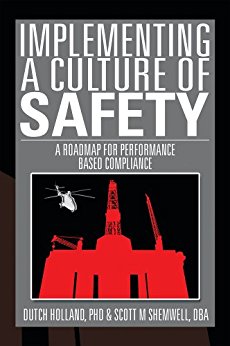"Tell me and I forget, teach me and I may remember, involve me and I learn" - Benjamin Franklin
A Unique Behavioral Science Based Online Game
By all accounts we live in a diverse and complex world. Whether dealing with Global Customers, Diversity & Inclusion, or multi-faceted Teams we all have an obligation to better understand our collaborative counterparts. It is difficult to ‘Walk a Mile in the Other Person’s Shoes.’ Our Cross Cultural Serious Game based on peer reviewed social and economic science allows just that. Take a look and talk about how we can help you meet your collaborative training goals.













International Negotiation
Cultural differences between different national cultures at the bargaining table.
Contractor Management
Addresses the differences between organizational cultures across the ecosystem.
Multi Cultural Teams
Multi cultural teams develop their cultural dynamics which must be understood.
Diversity
Understanding the perspective of the other person.
Performance Improvement
Assess the interaction of individuals of different cultures and their perspective on success.
Difficult Situations
How do individuals from different culture react when the 'chips are down.'
Global Sales
Selling to organizations around the world requires an understanding of cultural differences.
Operational Excellence
The myriad of cultures in the organizational ecosystem must work as one.
Sales
The discipline of selling products and solutions to other organizational cultures.
Inter Departmental
Organizational entities usually have different cultures that must be addressed for success.
Mergers & Acquisitions
Cultural differences must be understood and managed if mergers are to accretive.
Safety Culture
Critical infrastructure sectors are challenged with transformation to a safety culture.
Process Stress Test
Organizations under stress exhibit base behaviors focus that must be understood.
Collaboration
Cultural differences must be incorporated into collaborative processes.
Emergency Response / Business Continuity
Cultural differences must be understood and addressed in times of crisis.
Cross Cultural Interactions
In 1996, Dr. Shemwell published his doctoral dissertation, Cross Cultural Negotiations between Japanese and American Businessmen: A Systems Analysis, (Exploratory Study). This two-person game between Japanese and American business executives was conducted at the University of Houston’s Behavioral Science Lab.
Since this cross-cultural interaction model was originally developed for geographic and ethnic cultural differences, it has been extended (qualitatively) to include the cultural differences that exist within an industry segment and even within organizational boundaries. It is believed that the quantitative component of the model does not change regardless of the scenario. This makes the game a very powerful learning tool.
It has been used as a cross culture training tool for over two decades. Additional uses have been found and the original game extended.


Safety Culture Transformation
Currently, the oil and gas industry is undergoing a “desired” transformation to a Culture of Safety as well as High Reliability Management. This suggests that over 3,500 companies will need to transform their cultures. This also suggests that the upstream sector will have 3,500 Cultures of Safety, not the singular that is often touted.
This version of the game was first envisioned after the Deepwater Horizon incident in 2010. The first scenario addressed the issue of a Culture of Safety at sector is addressing.
For example, a major oil company has a difference culture than it major service/engineering companies. Manufacturers have different cultures than professional service providers and so forth and so on.
Relationships, Behaviors, Conditions
The RELATIONSHIPS, BEHAVIORS, and CONDITIONS (RBC) model was originally developed to address issues around cross cultural (international) negotiation processes. As shown in the figure, Relationships are the focal point of this perspective, reflecting commonality of interest, balance of p ower and trust as well as intensity of expressed conflict.
ower and trust as well as intensity of expressed conflict.
Behavior in this model is defined as a broad term including multi-dimensions and intentional as well as unintentional. Finally, Conditions are defined as active and including circumstances, capabilities and skills of the parties, culture, and the environment. Of course, time is a variable in this model as well.
One key feature of the R B C Framework is its emphasis on interactive relationships while providing an environment for multiple levels of behavioral analysis. This makes it a useful tool to better understand the new regulatory processes currently unfolding. As we will see later, the number of constituents now engaged belays the use of simplistic linear decision models.

Next Steps…
For more information on this game and other RRI Capabilities and Solutions, Contact Us.
